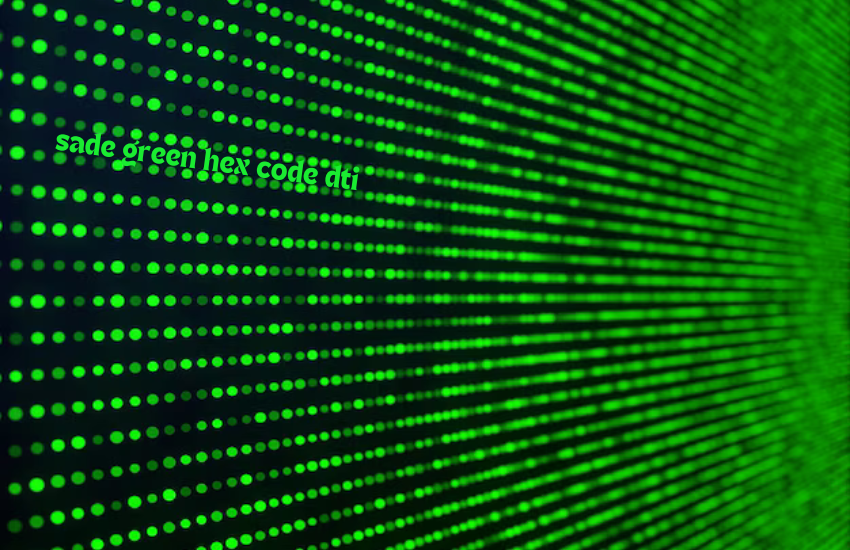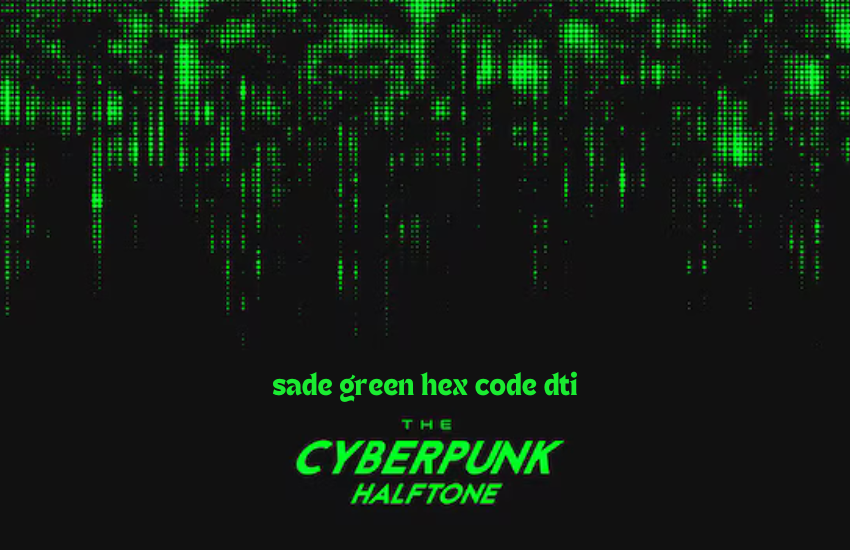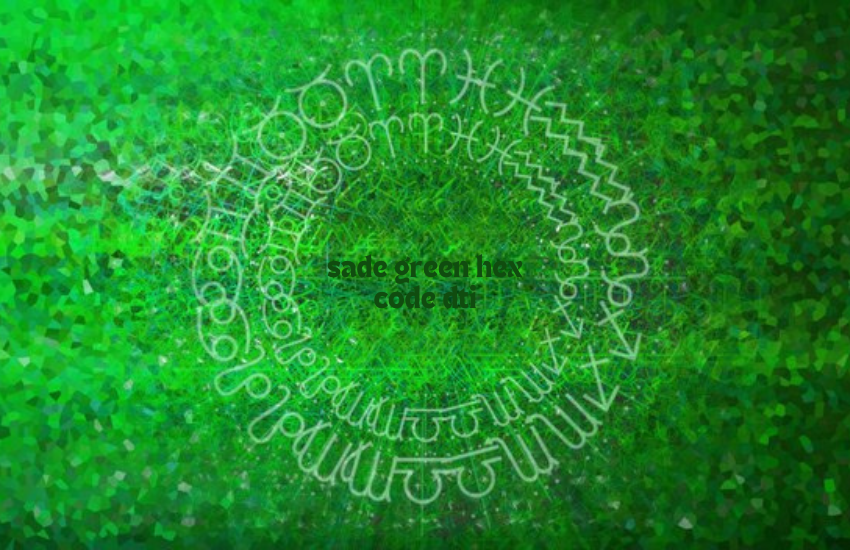Hex Codes and Their Importance
What Are Hex Codes?
Hex codes are six-digit codes used in digital design to represent colors. Each code starts with a hash (#) followed by three pairs of characters, which indicate the levels of red, green, and blue (RGB) in the color.
Usage in Design and Development
Hex codes are widely used in web design, graphic design, and digital textile printing. They ensure that colors are displayed consistently across different devices and platforms.
Benefits of Using Hex Codes
Using hex codes simplifies the process of color selection and ensures accuracy. Designers can quickly apply specific colors without the need for guesswork, leading to more efficient workflows and better end results.
Understanding Color Theory
Basics of Color Theory
Color theory is the study of how colors interact with each other and the human eye. It involves understanding the color wheel, color harmony, and the psychological effects of colors.
Primary, Secondary, and Tertiary Colors
Primary colors (red, blue, yellow) are the foundation of all other colors. Secondary colors are created by mixing primary colors, and tertiary colors result from mixing primary and secondary colors.
Importance of Color Theory in Design
Color theory helps designers create visually appealing and effective designs. By understanding how colors work together, designers can evoke specific emotions and reactions from their audience.
Hex Code for Sade Green
Specific Hex Code for Sade Green
The specific hex code for Sade Green is #5B7F5F. This precise code ensures that the exact shade of green is used consistently in digital and print formats.
How to Find and Use It
Designers can use color picker tools in software like Adobe Photoshop or Illustrator to find and apply the hex code for Sade Green. Online color libraries and resources also provide easy access to hex codes.
Digital Textile Industry (DTI) Overview
What is the Digital Textile Industry?
The Digital Textile Industry (DTI) refers to the use of digital technology in the design, production, and printing of textiles. This includes the use of digital printers, CAD software, and other tools to create textiles.
Key Players and Trends
Major players in the DTI include companies like Epson, Mimaki, and Kornit Digital. Trends include the rise of sustainable practices, personalized textile designs, and advancements in digital printing technology.
Impact of Technology on DTI
Technology has revolutionized the textile industry by enabling faster production, reducing waste, and allowing for more complex and detailed designs.

Role of Colors in DTI
Importance of Colors in Textile Design
Colors play a crucial role in textile design, influencing aesthetics, trends, and consumer preferences. The right color choice can make a product stand out and appeal to target markets.
Trends in Color Usage
Current trends include the use of bold and vibrant colors, as well as the incorporation of natural and earthy tones like Sade Green. These trends reflect consumer demand for uniqueness and sustainability.
Influence of Digital Tools on Color Selection
Digital tools allow for precise color selection and customization. Designers can experiment with different shades and combinations to find the perfect color palette for their projects.
Sade Green in DTI
Popularity of Sade Green in Textiles
Sade Green has gained popularity in the textile industry due to its versatile and calming appearance. It is used in various applications, from fashion to home interiors.
Examples of Sade Green in Fashion and Interiors
In fashion, Sade Green is used for clothing, accessories, and footwear. In interiors, it appears in upholstery, curtains, and decorative items, creating a serene and sophisticated ambiance.
Case Studies
Several brands have successfully incorporated Sade Green into their product lines, resulting in positive consumer feedback and increased sales.
Creating Color Palettes
Basics of Color Palettes
A color palette is a selection of colors used in a design project. It helps maintain consistency and harmony throughout the design.
Tools for Creating Palettes
Tools like Adobe Color, Coolors, and Canva allow designers to create and test color palettes. These tools often provide pre-made palettes and the ability to generate custom ones.
Examples of Palettes Including Sade Green
A palette featuring Sade Green might include complementary colors like soft browns, muted blues, and creamy whites. This combination creates a balanced and pleasing visual effect.
Color Psychology and Sade Green
Emotional Impact of Green
Green is often associated with nature, tranquility, and renewal. It has a calming effect and can promote feelings of relaxation and well-being.
Specific Traits of Sade Green
Sade Green, with its muted and sophisticated tone, embodies elegance and subtlety. It is less vibrant than other greens, making it suitable for a wide range of applications.
How Sade Green Affects Consumer Behavior
Consumers may perceive products in Sade Green as high-quality and tasteful. This color can enhance the perceived value of a product and influence purchasing decisions.
Using Hex Codes in Design Software
Popular Design Software for Textiles
Software like Adobe Photoshop, Illustrator, and CorelDRAW are commonly used in textile design. These programs support the use of hex codes for precise color application.
Step-by-Step Guide to Using Hex Codes
- Open the design software and create a new project.
- Select the color picker tool.
- Enter the hex code #5B7F5F for Sade Green.
- Apply the color to your design elements.
Tips for Accurate Color Reproduction
Ensure your monitor is color-calibrated, use high-quality images, and verify colors in different lighting conditions to achieve accurate color reproduction.
Printing Sade Green in Textiles
Digital Printing Techniques
Digital printing techniques like direct-to-garment (DTG) and dye-sublimation offer high-quality results and flexibility. They are ideal for reproducing Sade Green accurately on textiles.
Challenges and Solutions
Challenges include color consistency and fabric compatibility. Solutions involve using high-quality inks, proper pre-treatment of fabrics, and regular calibration of printing equipment.
Ensuring Color Consistency
Maintaining color consistency requires regular testing, using color management systems, and adhering to industry standards. This ensures that Sade Green looks the same across different batches and products.
Sustainability and Sade Green
Eco-Friendly Dyeing and Printing
Eco-friendly dyeing and printing methods reduce environmental impact. Water-based inks and natural dyes are sustainable options for producing Sade Green textiles.
Sustainable Practices in Textile Industry
Sustainable practices include recycling, reducing waste, and using renewable energy sources. These practices help minimize the environmental footprint of textile production.
Sade Green as an Eco-Friendly Choice
Sade Green, being a natural and earthy color, aligns with the principles of sustainability. Its use can signify a brand’s commitment to eco-friendly practices.
Trends in Color for 2024
Upcoming Color Trends
Trends for 2024 indicate a preference for natural, muted, and calming colors. Sade Green fits perfectly within this trend, offering a sophisticated and timeless look.
Role of Sade Green in 2024 Trends
Sade Green is expected to be a prominent color in 2024, used in fashion, interiors, and graphic design. Its versatility and calming effect make it a popular choice.
Predictions for Future Color Preferences
Future preferences may lean towards sustainable and nature-inspired colors, with Sade Green remaining a staple due to its elegance and versatility.

Case Studies and Examples
Successful Use of Sade Green in Textiles
Brands like Zara, H&M, and IKEA have successfully used Sade Green in their product lines, appealing to consumers seeking sophisticated and eco-friendly options.
Brand Examples
IKEA’s use of Sade Green in furniture and home accessories has been well-received, creating a serene and stylish environment.
Consumer Feedback
Consumers appreciate the calming and sophisticated look of Sade Green, often associating it with quality and sustainability.
Conclusion
Summary of Key Points
Sade Green is a versatile and sophisticated color with a specific hex code (#5B7F5F) that ensures consistent reproduction in digital and print formats. Its popularity in the Digital Textile Industry highlights its importance and impact.
Final Thoughts on Sade Green and DTI
The growing trend towards sustainable and nature-inspired colors positions Sade Green as a significant choice for designers and consumers alike. Its use in the Digital Textile Industry reflects broader trends in technology and sustainability, making it a color to watch in the coming years.
Frequently Asked Questions (FAQs)
What is the hex code for Sade Green?
The hex code for Sade Green is #5B7F5F.
Why are hex codes important in digital design?
Hex codes ensure precise and consistent color representation across different devices and platforms, essential for maintaining design integrity.
How does Sade Green affect consumer behavior?
Sade Green evokes feelings of calm and sophistication, influencing consumers to perceive products as high-quality and tasteful.
What are the benefits of using eco-friendly dyes for Sade Green?
Eco-friendly dyes reduce environmental impact, promote sustainability, and appeal to environmentally conscious consumers.
How can I ensure color consistency in textile printing?
Regular testing, using color management systems, and calibrating equipment can help maintain color consistency.
What are the upcoming color trends for 2024?
Natural, muted, and calming colors are trending for 2024, with Sade Green expected to play a significant role.


